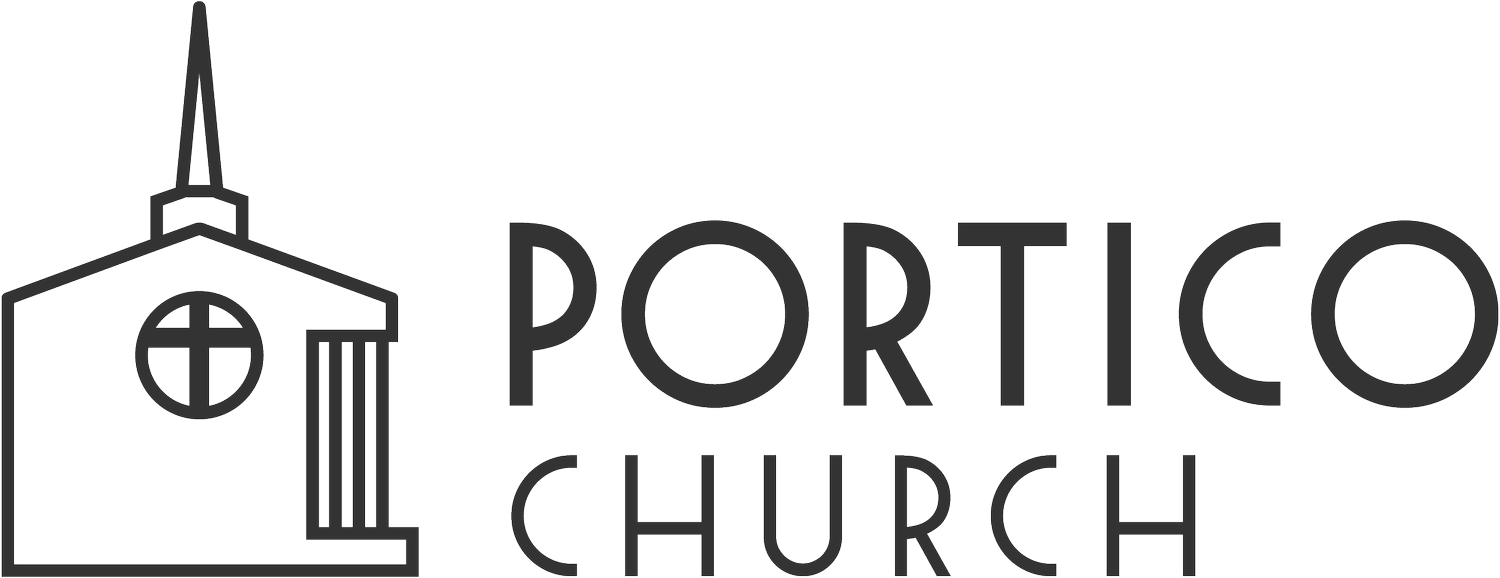Read Psalm 1
Introduction
This Psalm was likely composed as an introduction to the entire Psalter. In this Psalm we are confronted with the reality of perfect judgement coming to all people, and the weight of our choices and actions in this life. Simultaneously, Psalm 1 points to the blessedness of Godliness. In some circles, people have tried to separate our concept of happiness from the blessing that is described in Psalm 1. However, the most accurate translation of the word blessing is happiness. Psalm 1 is ultimately a reminder that God desires his people to be happy, and in order to help them with this, he provided the Law to help them.
Israelites would have understood the Law to be the Pentateuch and the teaching of the Prophets, that was later written down and recorded as the rest of the Old Testament. For us today, the Law is best understood to be all of Scripture. We are to delight in God’s Word because it is the only way we can come to know, love, and trust God. The Psalmist paints a picture of two roads that lead in very different directions, one is the way of life and happiness, the other is the way of doom. In the middle of this Psalm he uses two illustrations to give his audience a word picture of what it looks like for a person to walk on the two roads: a flourishing tree, and chaff that is displaced by the wind.
Reading the Psalm
The Psalm is meant to be read over and over, its simple construction makes it ideal for memorization as it uses a format that links the Psalm seamlessly together: IntroductionàIllustrationàConclusion. The imagery provided is a wonderful way of meditating on the meaning of the Psalm as you can picture the flourishing tree planted by the stream of water in contrast to the chaff that is being swept away by the wind.
Finally, the conclusion of the Psalm is the doorway into the rest of the Psalter because it poses a question to the reader: which way will you choose to travel, every day, hour, and minute of your life? Are you among the blessed and righteous, or among the way of the wicked.
Jesus in the Psalm
Reading this Psalm can be a dreadful experience. After all, who has not walked in the counsel of the wicked, stood in the way of sinners, or sat in the seat of scoffers before? The weight of the Psalm’s call for obedience should create a great need and desperation in our souls. In Jesus’ life, we find one who was truly blessed. He never walked in the counsel of the wicked, nor stood in the way of sinners, nor sat in the seat of scoffers. He was the tree who was planted by the streams, and the streams that fed him were from his Father, and the fruit that he produced was the fruit of the Spirit. Yet, at his crucifixion, he took on the punishment that was due to his people, and his life became like chaff as he was driven away from his Father for us. However, his resurrection, the fact that he did not perish, shows us that Jesus is righteous, and the fact that he lives and reigns, is the only way that we can hope to be blessed. Despite all circumstances, we can know that God has blessed us more abundantly than we could ever imagine because Jesus is blessed. What else could even compare to the kind of happiness that this gives us?
Questions
Do you feel blessed (happy, content, full) in your life? Does how you live support your answer?
Does God’s Word inform and transform your desires? How might you allow this to happen more?
What is one area where you see yourself walking in the counsel of the wicked (the world, your natural desires, rebellion against God) and do you believe that this will lead to doom?
Read Matthew 5:2-12. How Do these verses help with allowing God to transform our understanding of what will make us happy?
